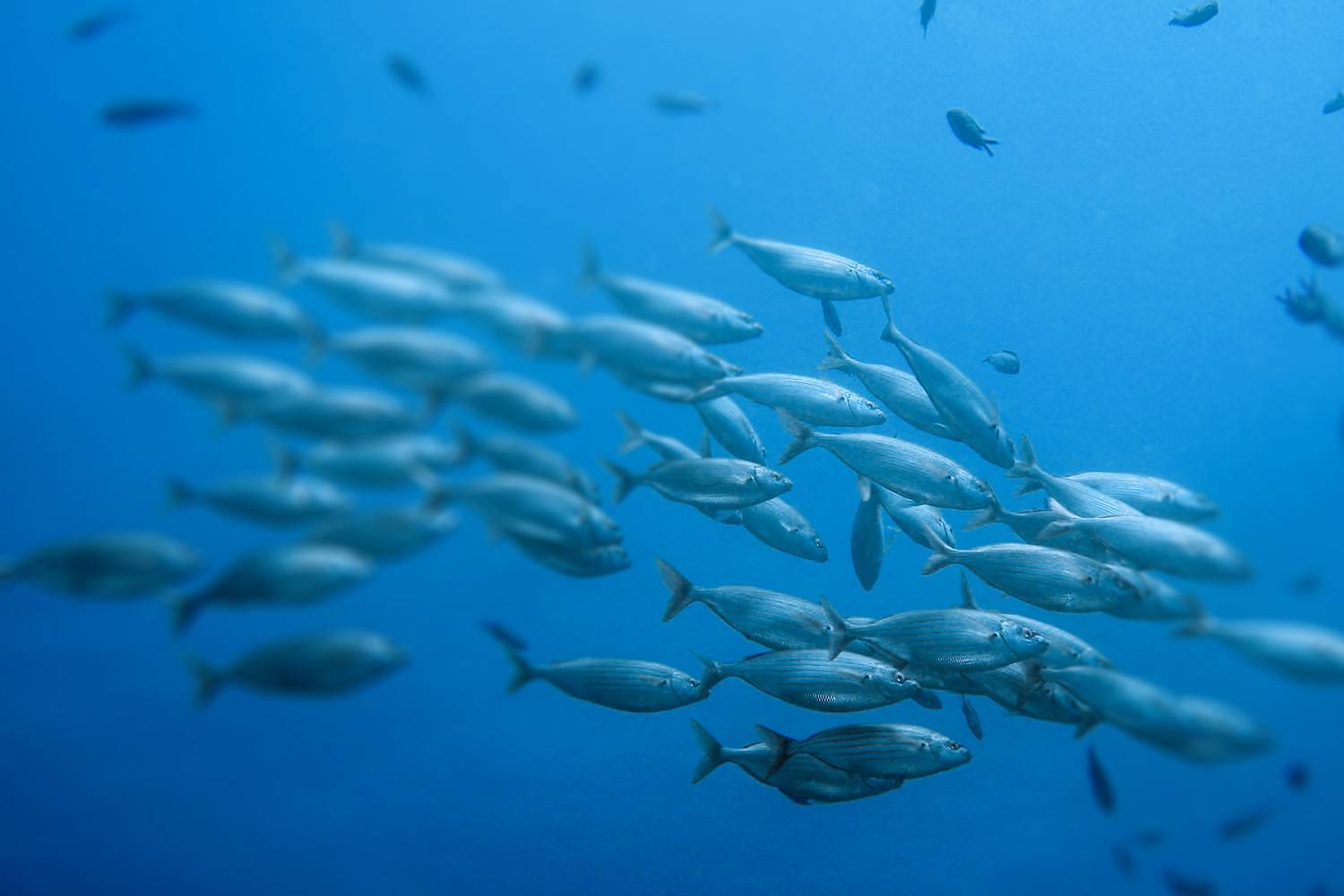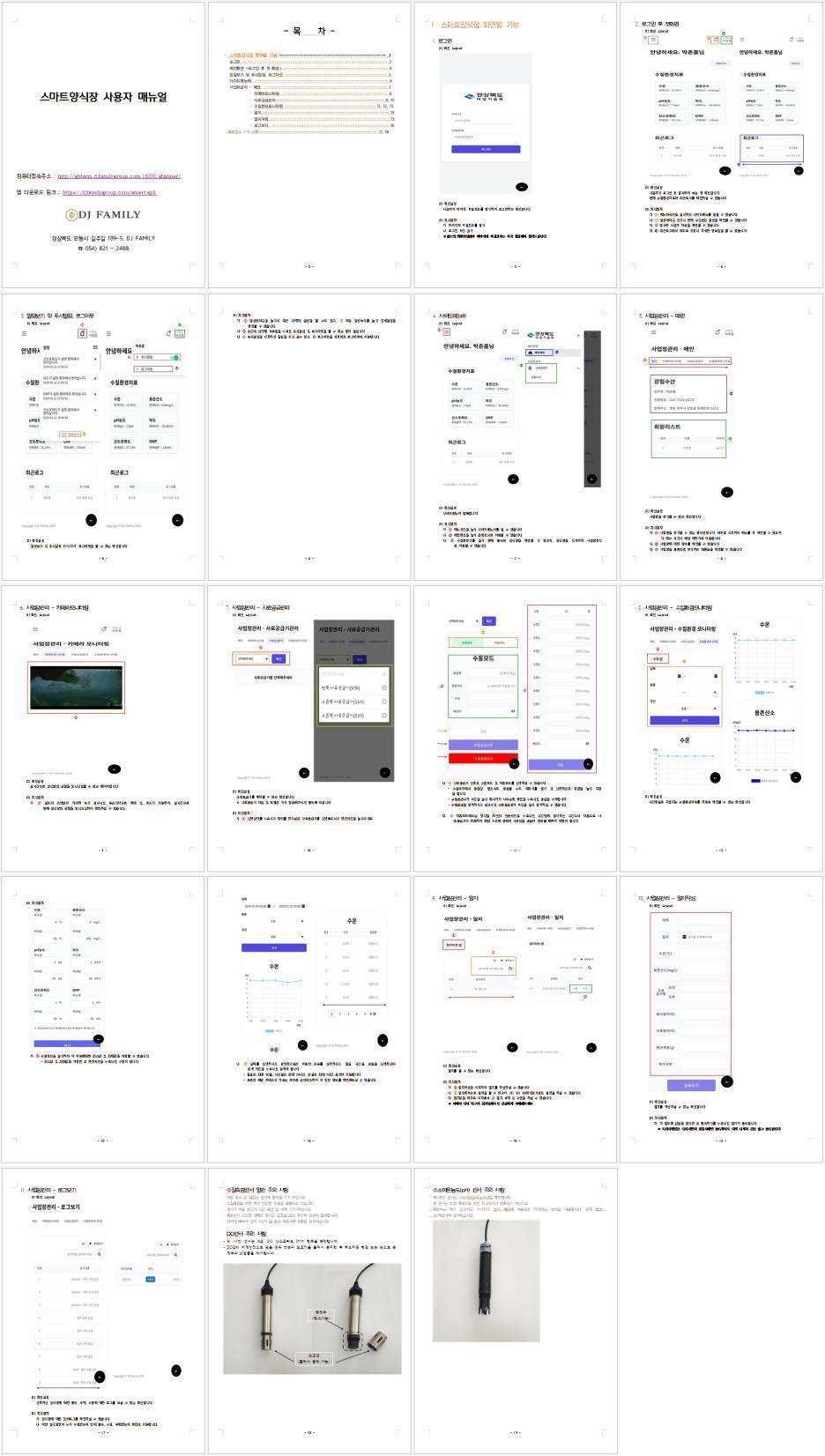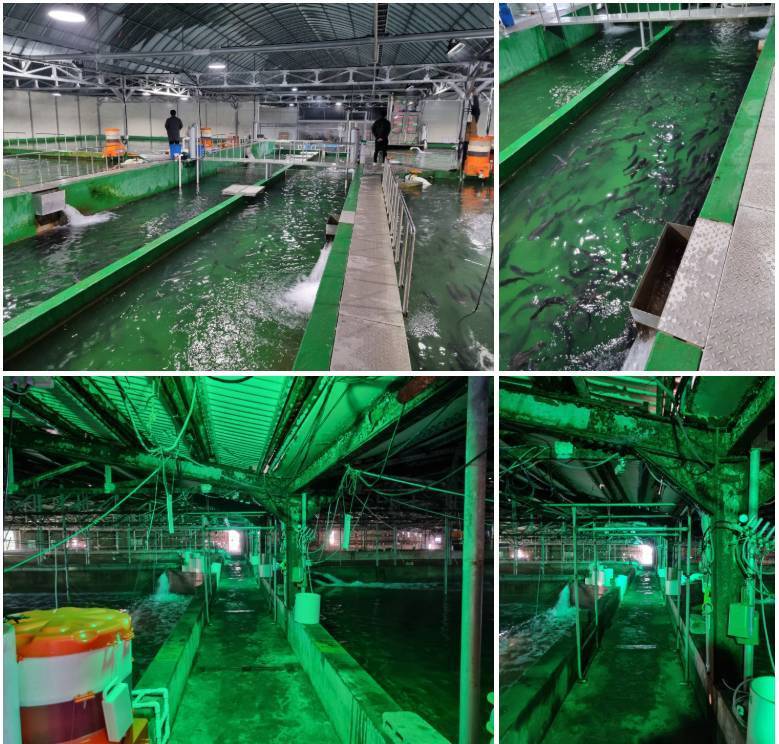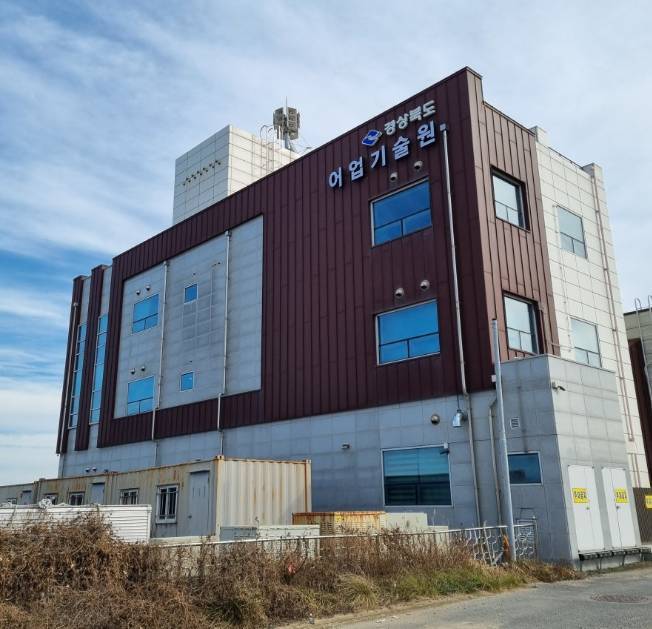
Development
Smart Farm Integrated Management Solution
Date:
Gyeongsangbuk-do Fisheries Technology Institute Smart Fish Farm Integrated Information System Development and Operation
Date: November 8, 2023
Details: Smart Fish Farm IoT·AI-ba
Korea’s fisheries industry is facing difficulties due to a decline and aging of the fishing population, reduced fishery resources caused by climate change, and the burden of high labor and feed costs.
To address these challenges, DJ Family took charge of building the Smart Fish Farm Integrated Information System using the latest IT, IoT, and AI technologies.
This project was carried out not for simple automation but with the goal of optimizing fish farm environments and maximizing production efficiency. It supported all operational processes through an integrated solution, including real-time data monitoring, automatic feed supply, and on-site management.

Q. What functions does the smart aquaculture system have?
The core of the smart aquaculture system is real-time monitoring and automation.
1-1. Water Quality Monitoring
Real-time measurement of key data such as water temperature, pH, and oxygen saturation using IoT sensors
Instant alerts when abnormalities are detected
1-2. Feed Supply Management
Option to choose between manual mode and automatic mode
Efficient feed supply to reduce costs
1-3. Camera Monitoring and Log Management
Ability to check fish farm conditions anytime, anywhere
Systematic operation enabled through log keeping and record management
Through these features, the system addresses labor shortages and achieves cost savings, while securing a stable production environment.
Q. What are DJ Family’s smart fish farm implementation cases?
DJ Family has built smart fish farms in a total of six locations—Pohang, Gyeongju, Andong, and Uiseong in Gyeongbuk—providing site-optimized designs along with user-friendly app and web management solutions.

2-1. Application Features
Intuitive UI/UX: From login → main screen → notifications & push alerts → log entry
User manual provided, including sensor precautions and operating instructions

2-2. Server Integration and Data Consolidation
Real-time data collection, analysis, and integrated alert system
Reduced operational burden through feed supply, environment monitoring, and disease prevention
Through this, the smart fish farm secured both efficient operation and stability, supporting the strengthening of future competitiveness in fishing villages.

Q. What are the economic and social effects?
The introduction of the smart aquaculture system has achieved not only improved production efficiency but also economic, social, and industrial effects.
Economic Effects
Reduced labor and feed costs → improved profitability
Production of high-quality farmed seafood → strengthened market competitiveness
Social Effects
Mitigation of labor shortages caused by aging populations
Expanded opportunities for youth participation in smart fisheries
Industrial Effects
Big data-ba
Stable production environment secured through climate change response
As a result, smart aquaculture contributes to the sustainable development of fishing villages and the safe supply of seafood.

Q. Features and Support of DJ Family’s Smart Aquaculture
Smart aquaculture is not simple automation, but a core technology that ensures the future competitiveness and sustainability of fishing villages.
ba
1. Reasonable conditions + 100% satisfaction guaranteed
2. Complete support from system development to maintenance
3. Real-time monitoring, automation, efficiency, and stability secured simultaneously
With smart aquaculture, achieve efficient operations and future competitiveness.